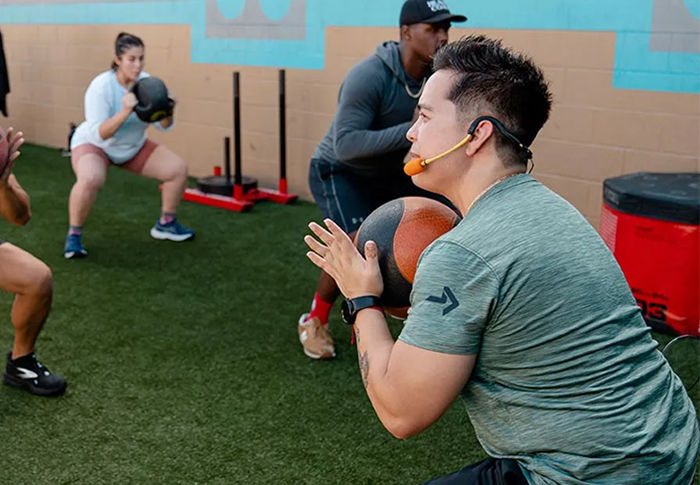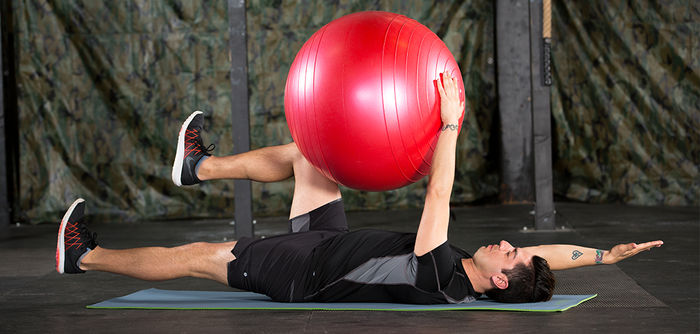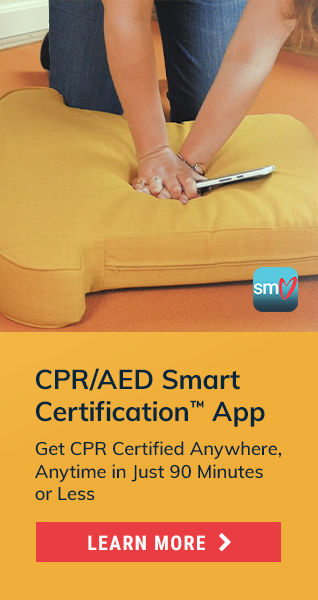Last Updated January 31, 2025 (originally published June 14, 2018)
|
Key Takeaways Exercise programming is complex and must take into account everything from the client’s skill and fitness levels to their exercise preferences and equipment availability—and countless other variables. Even if you are mindful of those considerations, common exercise programming mistakes exist that can be easy to make. This blog covers common personal trainer mistakes and offers strategies for avoiding them. Read on for tips to avoid:
|
As a health and exercise professional, you are undoubtedly aware of the multifaceted nature of exercise program design, yet it still can be easy for even the most experienced pros to overlook certain elements. In fact, a well-intended program can be aligned with your client’s goals, have a solid structure, include a variety of exercises and modalities, and be thoughtfully periodized, yet still be missing key characteristics that would fully balance the program and boost client success.
Avoid the following common mistakes when designing exercise programs for your clients. Doing so will enhance the program’s value and optimize client results.
1. The Mistake—Having a limited grasp of human anatomy: Having a limited understanding of functional anatomy will negatively impact your exercise-programming skills. Let's look at the gluteus maximus, for example. This muscle has three sets of fibers that together extend, abduct and externally rotate the hip. That said, the middle and lower fibers do a little more external rotation than the upper set of fibers. The following table details the differences in attachment sites.
|
Fiber Set |
Origin |
Insertion |
Actions |
|
Upper |
Posterior superior iliac spine (PSIS) |
Iliotibial (IT) Band |
Extension |
|
Middle |
Sacrum |
IT Band |
External Rotation |
|
Lower |
Coccyx |
Gluteal Tuberosity |
External Rotation |
A robust knowledge of functional anatomy informs your exercise selection and allows you to target the entire muscle group more effectively.
"Knowledge of muscle attachments and biomechanics enables fitness instructors to break functional movements down into their isolated parts," explains Beverly Hosford, MA, an ACE Certified Personal Trainer and fitness entrepreneur. "This is essential to address faulty movement patterns, design individualized corrective exercises and enhance body awareness. The more knowledge a trainer has about anatomy and biomechanics, the more precise they can be when instructing and cueing. This leads to decreased risk of injury, better results and more business." Hosford teaches anatomy in a unique way with a skeleton named Andy, balloons, Play-Doh, guided visualizations and corrective exercises.
The Fix: Regularly integrate anatomy classes into your continuing education efforts. Make flashcards and study in between sessions. Practice. In short, never stop being a student of the human body.
2. The Mistake—Training clients the same way you train yourself: It is necessary to push clients. Asking clients to do two more reps or 10 more seconds is positive encouragement. However, encouragement can quickly shift to unrealistic expectations if we don’t remain mindful of client limitations in movement patterns. When writing an exercise program, prepare to challenge clients, but not necessarily in the same ways you would push yourself or an advanced client.
The Fix: Train all clients from their unique perspective. Part of building up to more advanced movements is helping the client develop confidence and self-efficacy. A lunge, for example, may seem easy to execute, but for a client who lacks experience and core strength, this will be perceived as an advanced move. To avoid pushing a client too hard too fast, incorporate a varied mix of movements and be sure you can demonstrate all moves with proper form. Once a client has mastered a move, increase the difficulty.
3. The Mistake—Not training in all planes of motion: The body is meant to move in all directions, and joints are structured to allow for movement in specific or multiple planes. An exercise program that includes all planes of motion is better balanced than one that includes only flexion and extension.
The Fix: Evaluate your exercise programs to determine if they include rotation, abduction, adduction, flexion and extension. If one of the planes of motion is limited or missing, add more variety to challenge your client’s body mechanics.
4. The Mistake—Not preparing exercise modifications: Until you are with a client during a session, you won’t know for sure which exercises they can execute with proper form and which exercises may be more challenging to perform properly. The best programs include modifications that will either make the exercise less intense or increase the intensity for a client who is more advanced.
The Fix. Develop an exercise library with multilevel modifications that you can pull from, when necessary. For each common exercise, include three modifications (when possible): One modification to decrease the intensity or difficulty, a second to notch up the difficulty from the basic movement and a third to provide a more sophisticated challenge. Employ modifications according to client abilities and fitness levels.
5. The Mistake—Not assigning take-home exercises to clients: How do we know what types of exercises clients do when they aren’t training with us? To gauge a client’s outside activities, we rely on self-reporting and weekly check-ins (or other forms of communication). Both are effective strategies for gathering information, but some clients struggle to remain active without our direct daily influence.
The Fix. Develop take-home exercise handouts for clients to perform during "off days." This could include a morning yoga routine, before-bed stretches, a light cardio circuit, desk workouts, etc. Get creative and keep these workouts simple and easy to accomplish.
Final Thoughts
Exercise programming is challenging. It doesn't matter how many years of experience a trainer has, they can still overlook something or be “too close” to the program to see a potential weakness. Avoiding these five missteps is a win-win for you and your clients. You will enrich your competency as a health and exercise professional and your clients will be better equipped to reach their goals.
If you are interested in taking your program design to the next level, check out the Exercise Programming Toolkit – Course Bundle (worth 0.3 ACE CECs). The following courses are included:
- Exercise Programming: Cardiorespiratory Training and the ACE IFT® Model
- Exercise Programming: Muscular Training and the ACE IFT® Model
- Exercise Programming: Applying the ACE Mover Method™




 by
by 










 by
by